- 1Triceratops100%
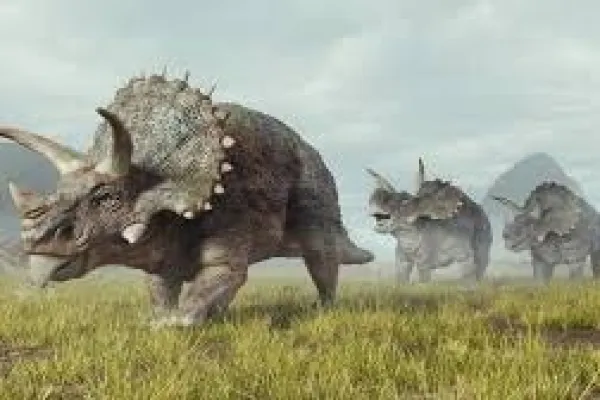
With its massive frill and three intimidating horns, Triceratops is one of the most recognizable and beloved dinosaurs. It lived alongside T. rex and may have used its horns for both defense and dominance battles. Its powerful yet peaceful nature has made it a favorite among dinosaur enthusiasts.
- 2Tyrannosaurus Rex100%
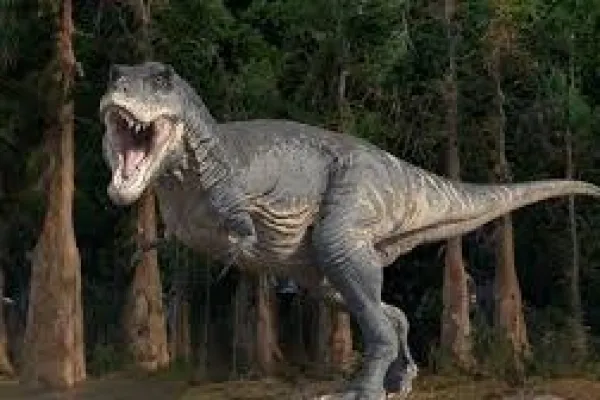
No dinosaur is as famous as Tyrannosaurus rex. As the undisputed "king of the dinosaurs," T. rex was one of the largest land predators ever, boasting powerful jaws and bone-crushing bite force. Its portrayal in Jurassic Park cemented its place in pop culture, and new discoveries continue to reveal more about its intelligence, social behavior, and even potential feathers. Its blend of power, mystery, and fearlessness makes T. rex the ultimate prehistoric icon.
- 3Spinosaurus89%
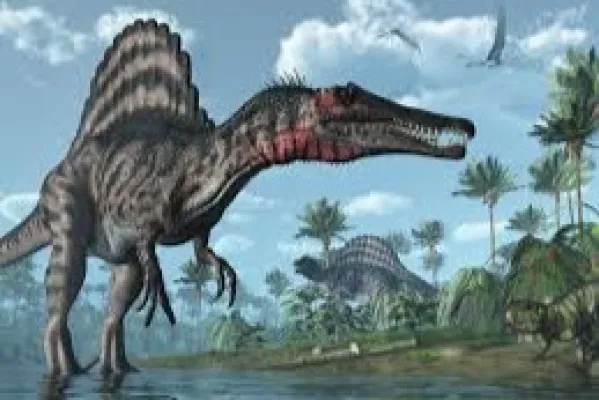
Spinosaurus is one of the most distinctive and controversial dinosaurs, known for its massive sail-like spine and semi-aquatic lifestyle. Recent studies suggest it was a strong swimmer, hunting fish and possibly crocodile-like creatures. Its role as the antagonist in Jurassic Park III introduced it to a wider audience as a rival to T. rex.
- 4Parasaurolophus88%
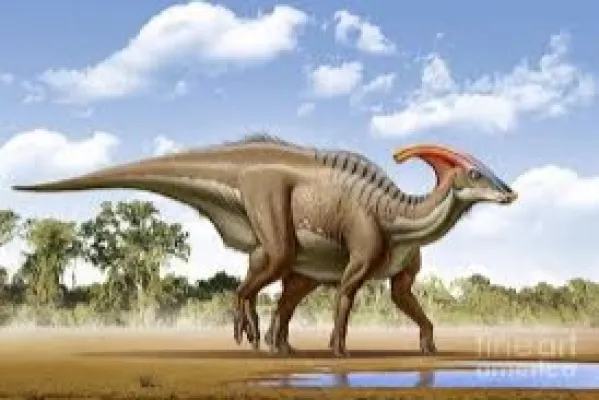
Parasaurolophus is best known for its long, backward-curving crest, which may have been used for communication, display, or sound production. As one of the most recognizable hadrosaurs, or "duck-billed dinosaurs," it is frequently featured in dinosaur-themed media. Its mysterious crest and social behaviors make it one of the most fascinating herbivores of the Cretaceous.
- 5Brachiosaurus71%
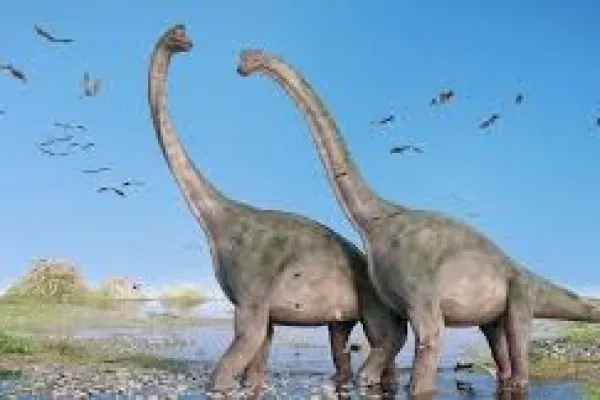
With its towering neck and front legs longer than its back legs, Brachiosaurus was one of the most distinctive sauropods. It was featured in one of the most awe-inspiring scenes of Jurassic Park, where it peacefully grazed on treetops. Unlike other sauropods, Brachiosaurus likely held its neck in a more upright position, resembling a modern giraffe.
- 6Iguanodon67%
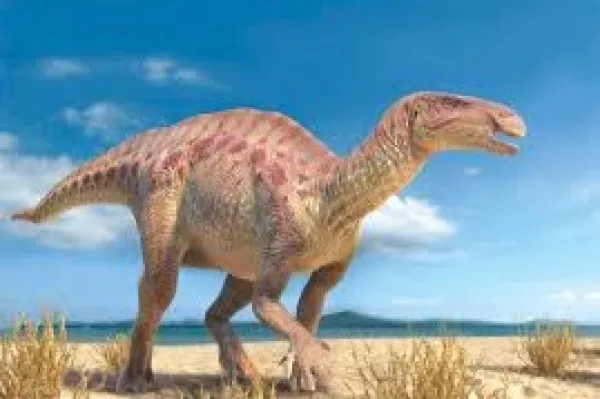
One of the first dinosaurs ever discovered and named, Iguanodon was a groundbreaking find that helped define the field of paleontology. Famous for its thumb spikes, which were once thought to be horns, it was one of the first dinosaurs identified as a herbivore. Iguanodon’s history as one of the "original" dinosaurs makes it a significant figure in dinosaur science.
- 7Stegosaurus67%
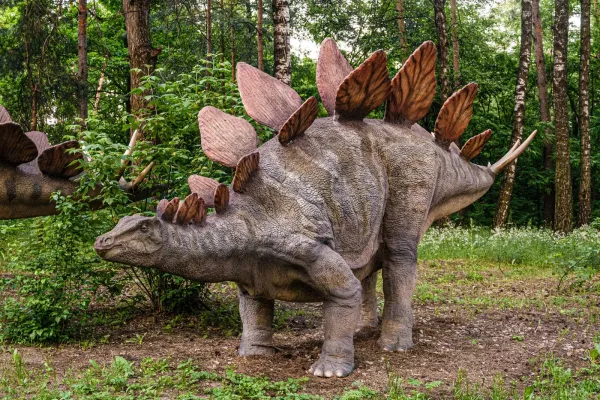
Stegosaurus is famous for its distinctive row of back plates and spiked tail, which it likely used for defense against predators like Allosaurus. Its small brain size compared to its body has made it a subject of fascination, though recent studies suggest it was more capable than once believed. Its iconic silhouette and unique anatomy make it a staple in dinosaur history.
- 8Troodon50%
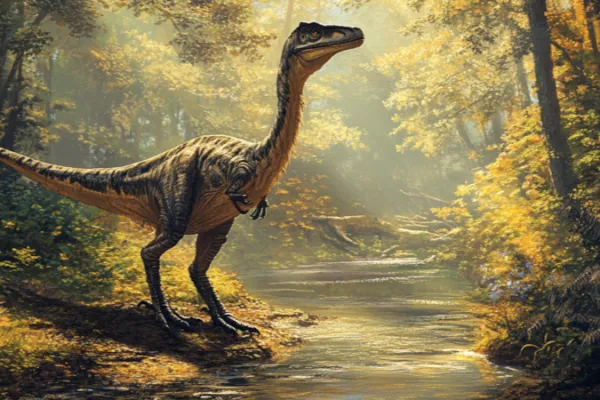
Often regarded as one of the most intelligent dinosaurs due to its large brain-to-body ratio, Troodon is a bird-like theropod that fascinates scientists and fans alike. With keen eyesight and sharp teeth, it was an agile predator that hunted small animals in the Late Cretaceous. Its intelligence has led to theories about whether dinosaurs could have evolved into human-like creatures had they not gone extinct, making Troodon a subject of both scientific study and imaginative storytelling.
- 9Gallimimus50%
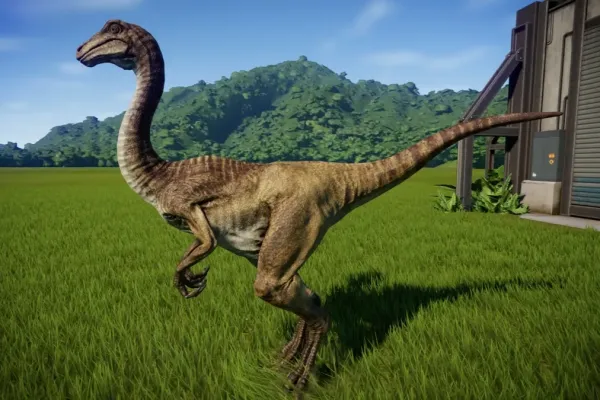
Nicknamed the "ostrich dinosaur," Gallimimus was a fast, lightweight theropod that could run at high speeds, similar to modern-day ostriches. Its role as a speedy, herd-dwelling dinosaur was popularized by Jurassic Park, where it was memorably chased by a T. rex. Despite its fearsome theropod lineage, Gallimimus was likely an omnivore, using its toothless beak to eat plants, small animals, and insects.
- 10Compsognathus50%
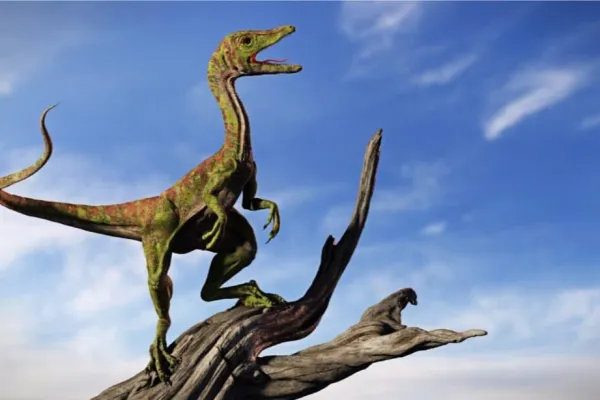
One of the smallest dinosaurs ever discovered, Compsognathus became famous for its chicken-sized frame and its role as a swift, agile hunter. It was long considered the smallest known dinosaur, adding to its intrigue. Its portrayal in The Lost World: Jurassic Park as a tiny but vicious pack hunter helped cement its reputation in popular culture.
- 11Apatosaurus50%
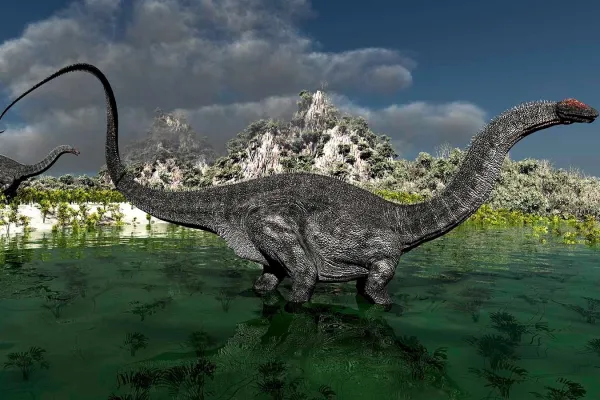
Apatosaurus is one of the most iconic long-necked dinosaurs, known for its massive size and whip-like tail. For many years, it was mistakenly confused with Brontosaurus, leading to a famous paleontological mix-up. As one of the largest land animals to ever walk the Earth, Apatosaurus has captured the imagination of dinosaur enthusiasts and is a staple in museums worldwide.
- 12Brontosaurus50%
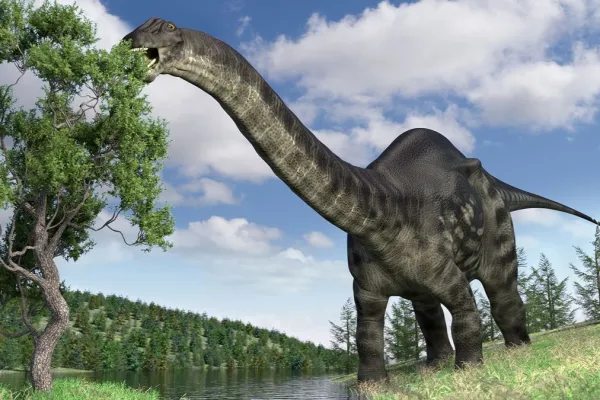
Once thought to be the same species as Apatosaurus, Brontosaurus has been reinstated as a separate genus, restoring its place as one of the most famous dinosaurs. Known for its massive size and long neck, Brontosaurus has remained a beloved dinosaur, often depicted in movies and children’s books.
- 13Diplodocus50%
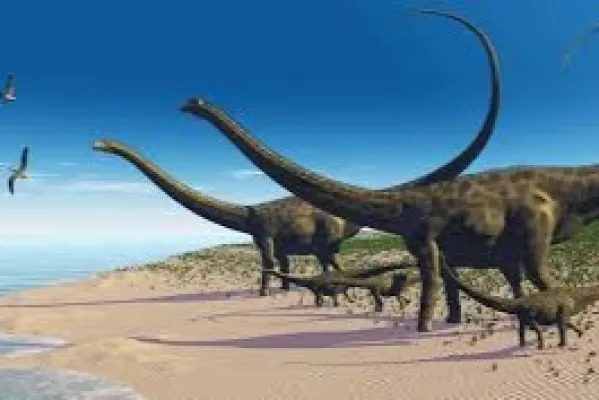
One of the longest dinosaurs ever discovered, Diplodocus is famous for its enormous size and long, whip-like tail. Unlike some other sauropods, it had a horizontal posture, keeping its long neck parallel to the ground. Fossils of Diplodocus are among the most complete sauropod remains ever found, making it a favorite exhibit in museums worldwide.
- 14Ankylosaurus40%
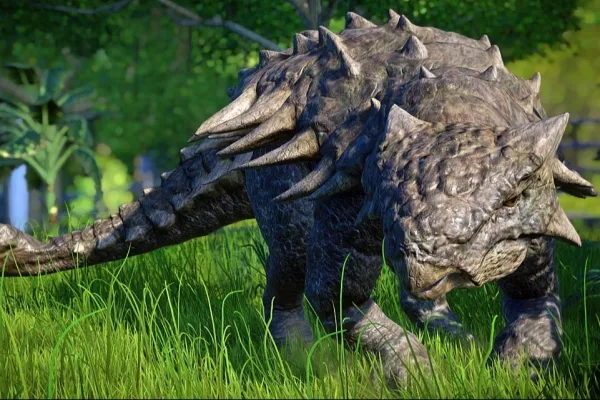
With its heavily armored body and massive club-like tail, Ankylosaurus was one of the best-defended dinosaurs of the Cretaceous period. Often called the "living tank," it was virtually impervious to predators like T. rex. Its defensive adaptations and unique look make it a favorite among dinosaur lovers.
- 15Velociraptor38%
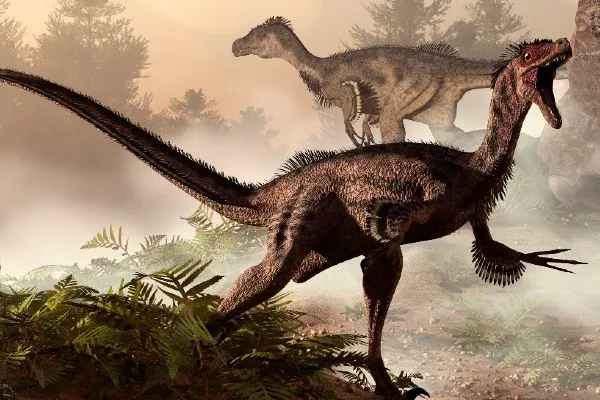
Popularized by Jurassic Park, Velociraptor has become one of the most famous dinosaurs, even though the film's version was based more on Deinonychus. In reality, Velociraptor was smaller, feathered, and highly intelligent. Its speed, agility, and potential pack-hunting behavior make it one of the most fascinating predators of the Cretaceous.
- 16Therizinosaurus20%
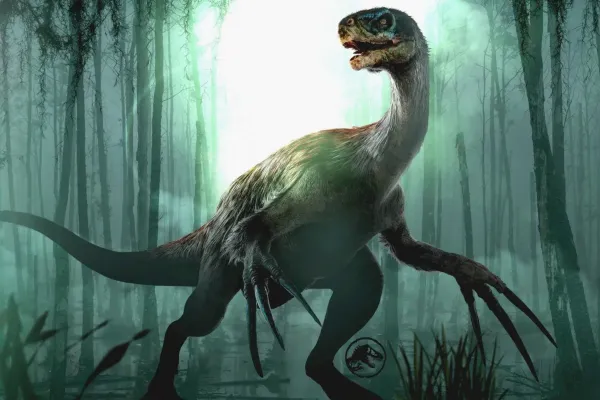
Therizinosaurus is one of the most unusual dinosaurs, famous for its enormous, scythe-like claws, which could grow up to three feet long. Unlike most theropods, which were carnivorous, this giant likely used its claws for defense and stripping leaves from trees. Its bizarre appearance and mysterious lifestyle have made it a favorite among dinosaur enthusiasts, and its recent inclusion in pop culture, particularly in Jurassic World Dominion, has only added to its growing fame.
- 17Giganotosaurus0%
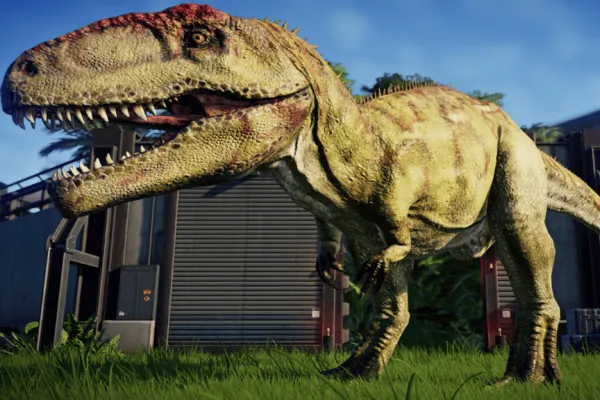
One of the largest theropods ever discovered, Giganotosaurus rivaled or even exceeded the size of Tyrannosaurus rex, making it a true giant among dinosaurs. Discovered in Argentina, it was a top predator in its ecosystem, likely hunting large sauropods. Giganotosaurus gained popularity in the scientific community as one of the few dinosaurs that could challenge T. rex in size, and its menacing portrayal in Jurassic World Dominion introduced it to mainstream audiences.
- 18Coelophysis0%
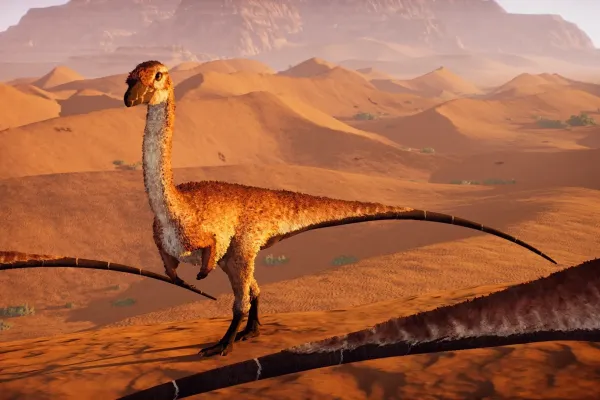
As one of the earliest known dinosaurs, Coelophysis holds a special place in paleontology. A slender, fast-moving carnivore from the Triassic period, it likely hunted in packs, making it an early example of cooperative hunting behavior. The discovery of well-preserved Coelophysis fossils in New Mexico has provided crucial insights into early dinosaur evolution, cementing its importance in scientific research.
- 19Allosaurus0%
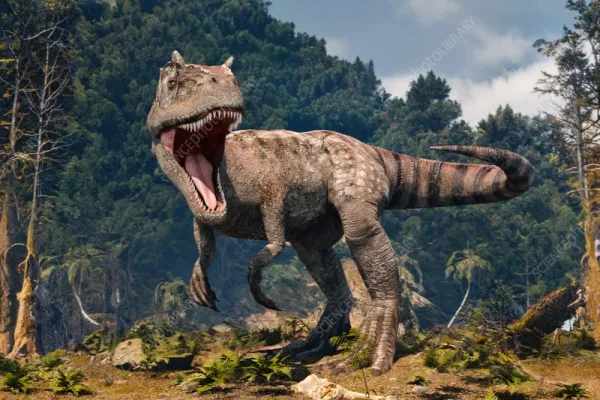
Allosaurus was the apex predator of the Late Jurassic, known for its powerful jaws, sharp teeth, and three-fingered claws. Unlike T. rex, Allosaurus had a more slender build and likely used ambush tactics to take down large prey. Its frequent discovery in fossil-rich sites like the Morrison Formation has made it one of the most well-studied theropods, and it has remained a staple in dinosaur media and museum exhibits.
- 20Archaeopteryx0%
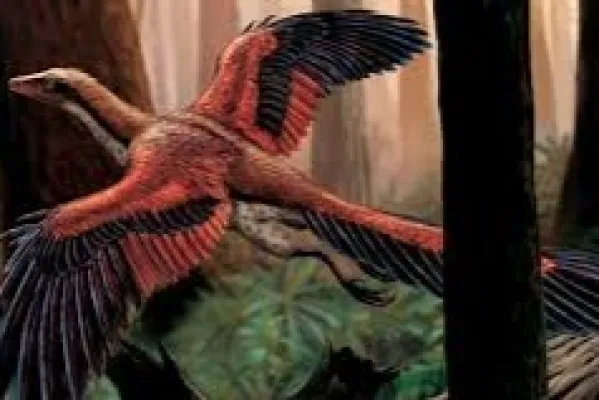
As one of the earliest known birds, Archaeopteryx represents a crucial link between dinosaurs and modern birds. Discovered in Germany, its feathered body and primitive teeth show the transition from reptilian dinosaurs to avian creatures. Its importance in evolutionary studies, along with its striking appearance, makes it one of the most famous prehistoric species.
Add Your Vote